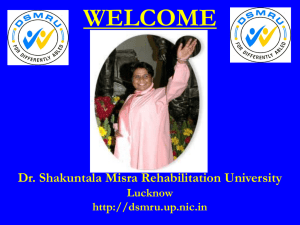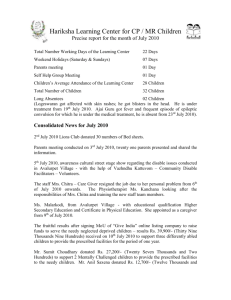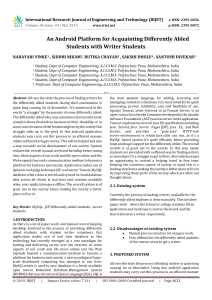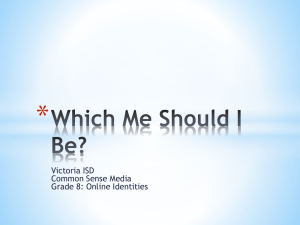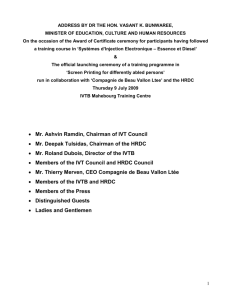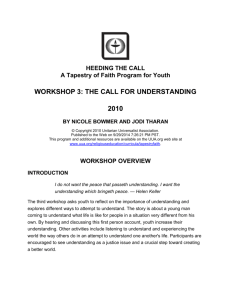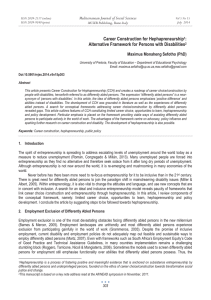Ableism Powerpoint
advertisement
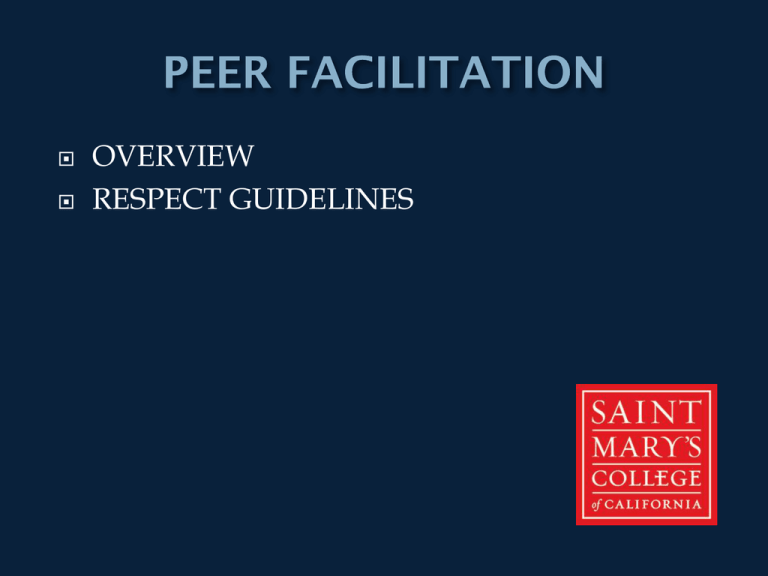
OVERVIEW RESPECT GUIDELINES Ivette Morales Brianna Carlson RESPECT values Learning Outcomes Definitions of Key Terms Activity: Image Theater Discussion Questions for Facilitators Remember the community values we created in order to retain our safe space Increase Awareness of how oneself is affected by ableism in daily life Understand Temporarily Able Bodied privilege Recognize the range of how others experience ableism Discuss ways to be an ally to people who are differently abled Also known as Disability Oppression A pervasive system of discrimination and exclusion of people who are differently abled >>Examples of these are visible and invisible: Physical, Mental, Emotional differences Refers to people who are not differently abled, but recognizes that most of us may become differently abled at some point in our lives A federal law passed in 1990 that requires public institutions to provide access to people who are differently abled Brief, everyday exchanges that send denigrating messages to certain individuals because of their group membership An ally is typically a member of advantaged social groups who uses social power to take a stand against social injustice directed at targeted groups. An ally works to be an agent of social change rather than an agent of oppression. Groups of 3-5 Discuss with your group an event or situation around ableism that you will focus on. Create a “talking picture” with your group, in which each person poses as they are able, to create a small scene that relates the situation you chose. In addition to the pose you choose, each person will create one word or phrase that describes how their character is feeling A facilitator will tap on each person’s shoulder (one at a time), and the person who is being tapped will repeat their word or phrase Note: if you are uncomfortable being touched please let one of us know once you are in your small group In awareness of those with learning differences, Sabrina, Kalina, and Josh will provide a visual example of what this activity may look like. What feelings came up during this activity? What are some visible and invisible forms of ableism? How were these represented in your images? How have you been affected by or participated in ableism in your life? What are some statements made towards people who are differently abled that can be interpreted as microaggressions? What are some ways you can be an ally to people who are differently abled in your daily life and communities? Thank you for your participation!

